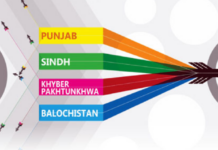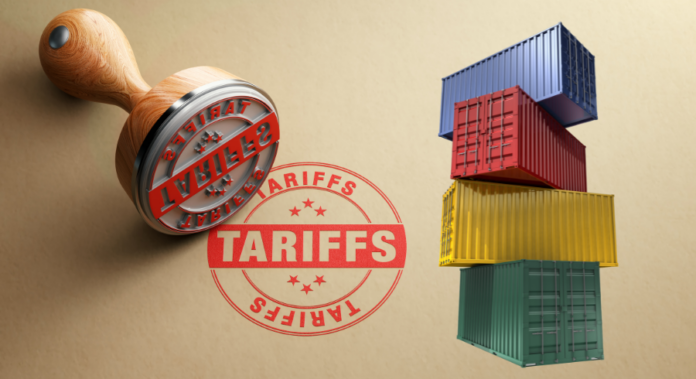The federal government unveiled the draft of the National Tariff Policy (NTP) 2025–30 on Wednesday during the Regulatory Reforms Conference, with a focus on rationalising Pakistan’s tariff regime to stimulate industrial productivity, investment, and export competitiveness.
Presented by Rana Ihsaan Afzal, Coordinator to the Prime Minister on Commerce, the draft policy aims to establish a predictable and transparent tariff structure that supports innovation, employment generation, and economic growth. The policy was introduced as part of the Board of Investment’s (BoI) broader agenda to enhance regulatory efficiency and improve the country’s business climate.
Key elements of the policy include phased elimination of Additional Customs Duties (ACDs) over four years and Regulatory Duties (RDs) and the 5th Schedule over five years. It also proposes a simplified customs duty structure with four slabs—0%, 5%, 10%, and 15%—focused on reducing import costs, especially on raw materials and intermediate goods.
According to the Ministry of Commerce, the reform package will begin with tariff reductions on approximately 7,000 tariff lines, expected to yield savings of Rs200 billion for trade and industry. These reductions are expected to benefit key sectors including textiles, engineering, pharmaceuticals, and IT.
The policy also includes incentives for nascent and environmentally sustainable industries. “This policy is a critical step toward building a globally competitive industrial base,” said Afzal, noting that the reforms are designed to reduce production costs, improve scale, and encourage a shift toward higher value-added exports.
Federal ministers Haroon Akhtar and Qaiser Ahmed Sheikh were present at the event alongside senior bureaucrats, diplomats, and private sector representatives, in a session geared towards aligning industrial reforms with macroeconomic recovery goals.
The Ministry of Commerce noted that implementation will require close coordination with the Federal Board of Revenue (FBR), Ministry of Industries, and provincial stakeholders to ensure timely execution and sector-wise impact analysis.
The new tariff framework is part of broader structural reform efforts, which include ongoing tax and pension system overhauls and energy sector rationalisation.























